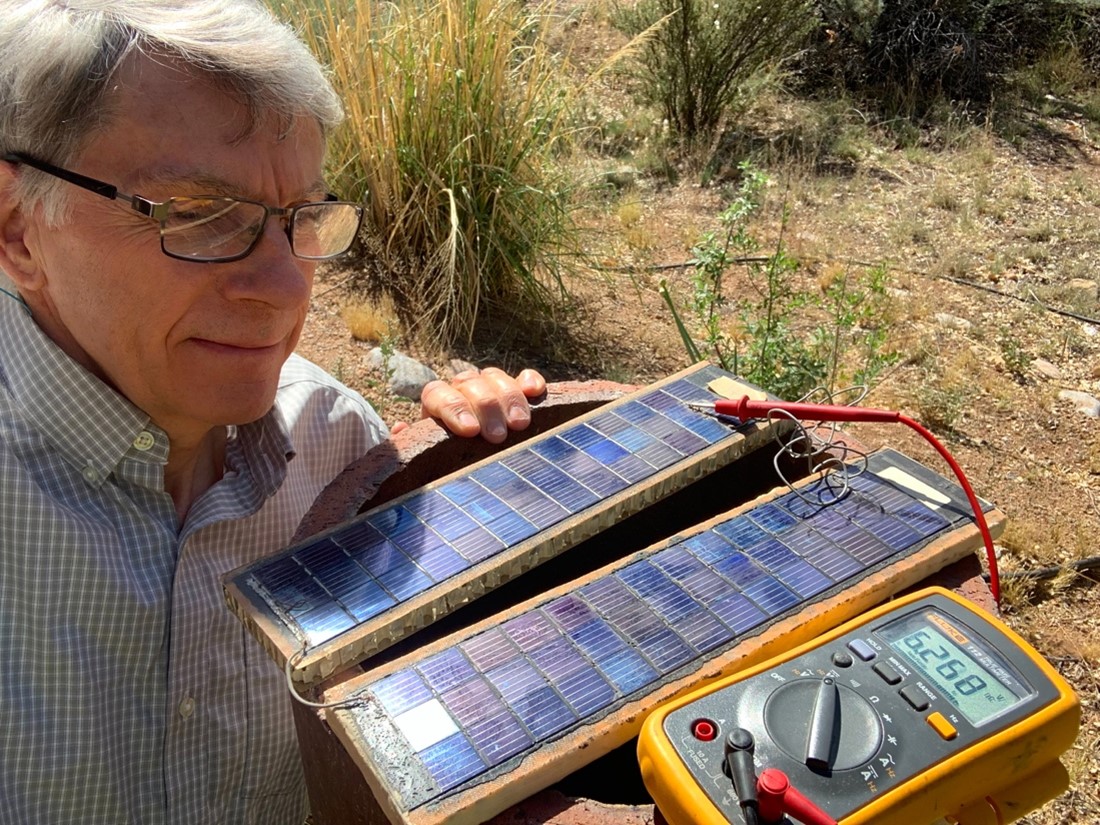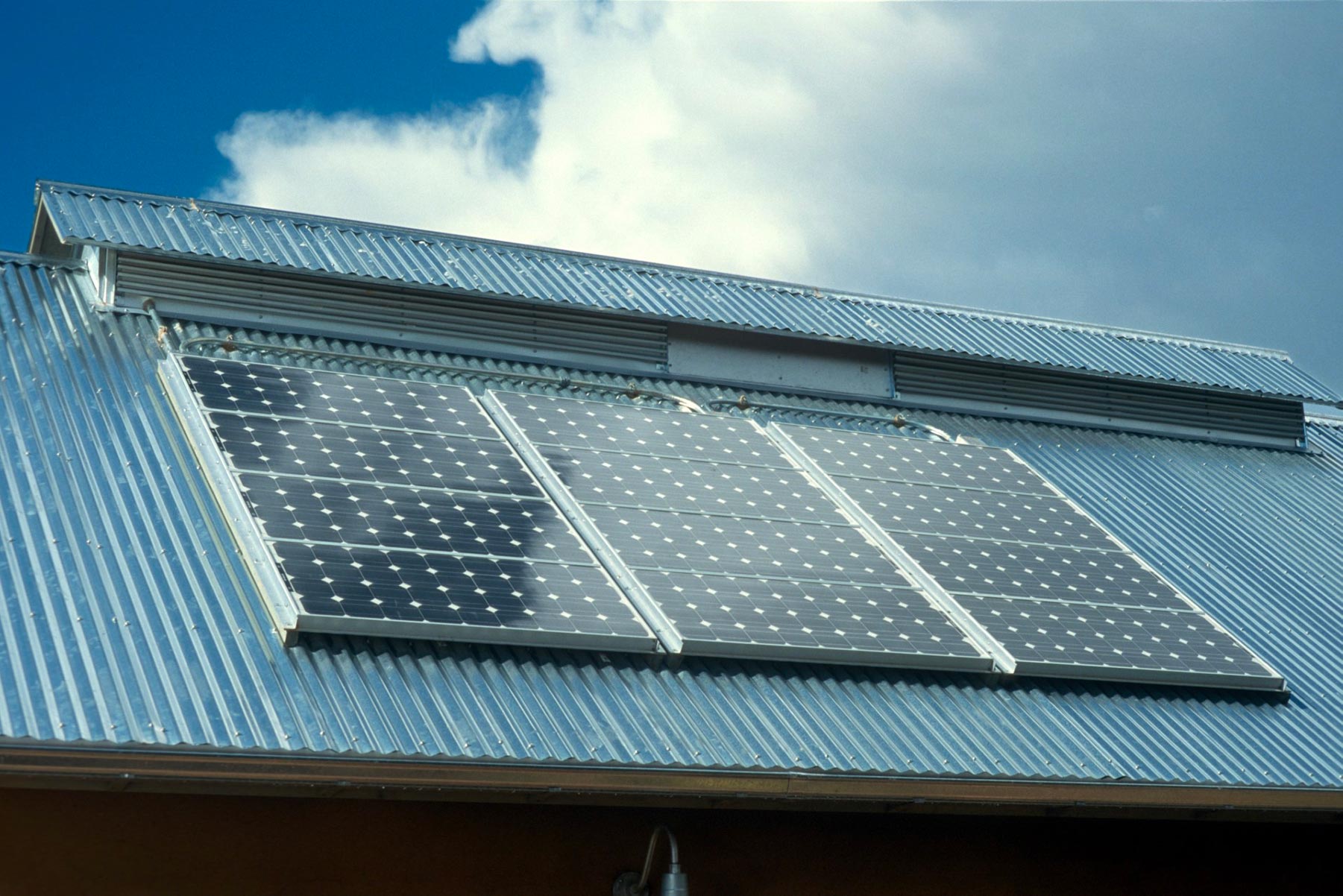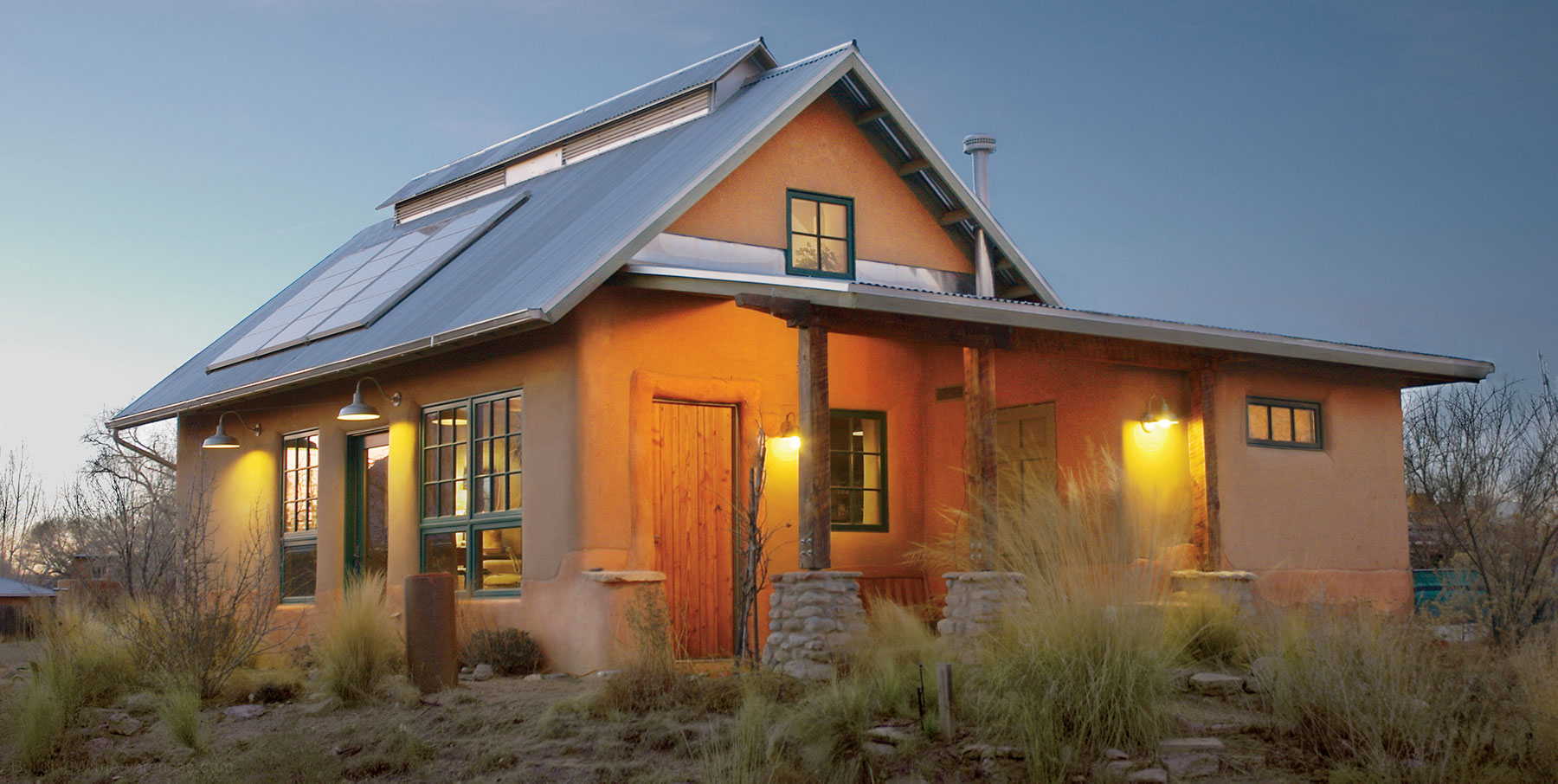
Ted Owens: In Pursuit of Practical Magic
By Jennifer Grizzard Ekzarkhov
Filmmaker, designer, educator, and RMI donor Ted Owens talks a lot about magic. Not sleight of hand or sorcery, but the wonderful mysteries of our natural world and how circumstances can align in surprising ways.
“There's just something about the environment and the planet — when you look deeply at how it works. It really is kind of magical,” he says. Just the idea that clouds can weigh billions of pounds and transport water thousands of miles makes his eyes light up.
Owens comes by his love of magic honestly. He is the great-nephew and namesake of Theodor Geisel, whom most of us know as Dr. Seuss. Owens grew up making frequent visits to Geisel’s studio in La Jolla, California, and the two often talked about art and design. He says that his great-uncle’s successful career in art cemented his faith that he could do the same.
“The more that you read, the more things you will know. The more that you learn, the more places you’ll go.” — Dr. Seuss
“One of his big things in life was to get kids to read,” Owens says of Geisel. “Because if you can read, you can educate yourself. Then you can hopefully discern the truth from what's not so truthful. And you can learn, on your own, what you're truly interested in.”
Owens wholeheartedly identifies with this. “I did not particularly like school. I found the [classroom] books tedious and boring.” Yet he read voraciously outside of school so he could learn about the things that did interest him, and that habit hasn’t changed.
Intense knowledge gathering underpins everything Owens has ever done, and he can tick off the key moments that led him to where he is today:
The time his father brought a set of small, demonstration solar panels home from work and explained that they generated electricity from sunlight. Fascinated, Owens connected them to his transistor radio in place of batteries and was pulled from sleep the next morning by the radio playing when the sun hit the panels. “I just thought, ‘This is the coolest thing ever.’ It kind of woke something up inside of me.”
The time his teacher showed his class a movie called Nature's Half Acre. The Oscar-winning film produced by Walt Disney merged animation, time-lapse, and macro photography. “To me it was just like magic,” Owens says. “I knew I wanted to do that.”
Episodes of Walter Cronkite’s The 21st Century about the future and solar homes. “I thought, ‘Someday, I'm going to have a house that uses solar energy.’”
Following those seminal moments, Owen’s interests aligned with opportunities. In high school, he made a film about electric, radio-control model airplanes for the company of a friend of his father’s. That first film led to design school and a professional career as a designer, an industrial and documentary filmmaker, and the director of multi-projector, multi-image shows for clients like Mattel. In 1984 he was part of the team that created the first computer-generated IMAX film, The Magic Egg.
In his thirties, though, Owens started to feel like there were more important things he should turn his talents toward. “I decided to test [Buckminster Fuller’s] theory that if you leap, the net will appear.” In his business and elsewhere, he embraced the idea that if a project didn’t pan out economically but had a social or ecological benefit, it was still worth doing.
He formed Syncronos Design to promote energy efficiency and design for a better environment. In addition to their animation and filmmaking work, the company took on a variety of projects, including designing solar ovens to cook food and pasteurize water for safe drinking in developing areas of the world.
Owens moved to New Mexico in 1990, anticipating that he would build the solar home he had always wanted. He spent years researching solar panels, sustainable materials, and low-impact construction methods, like adobe, that took advantage of the natural desert environment. He decided to do more than just build a house. He wanted to teach people how they could do it too.

Ultimately, Owens concluded that straw bale construction was the best solution. With the aim of convincing others to take on the challenge, he says, “I wanted it to have at least the essence of looking like a [typical American] home.” The house he built is small and south-facing, to optimize for solar — something Owens wishes more real estate developers would consider. Its metal roof is pitched so the solar panels can take advantage of the sun year-round, while also collecting rainwater into a cistern. He chose earth plasters because stucco has higher embodied carbon. Despite temperatures in the 100s in New Mexico, he has no need for air conditioning, eliminating the biggest electricity use.

He took this on nearly thirty years ago, when barely anyone knew what solar panels were. “But I knew … because I still remembered from elementary school that it’s a no-brainer,” he says, grinning.
Owens documented the entire process of designing and building the house, eventually publishing a book and DVD video, Building With Awareness: The Construction of a Hybrid Home. Today, he says, the house is an ongoing experiment.
Lately, Owens and Syncronos Design have been hard at work on a feature-length documentary about balancing technology and products with the pressing need for a clean and sustainable environment. Owens interviewed RMI’s founder, Amory Lovins for the film. “He obviously has the ultimate solar-powered house, where there can be a blizzard, and yet he’s growing bananas in his living room — how cool is that?”
Owens, who sits on The Dr. Seuss Foundation board, says it’s the ingenuity of Amory and RMI that led to the foundation’s recent first donation. The foundation, in line with Geisel’s personal values, focuses on improving and accelerating literacy. “And literacy broadly,” Owens says. “It's not only reading and writing. It's environmental literacy. It's health literacy —education, animal welfare, and art literacy.” Owens, who has been following RMI since the 80s and is a donor himself, says the board made the unrestricted gift to support RMI’s work to make people, companies, and governments more clean-energy and climate literate.
“Occasionally you heard [my great-uncle] use the phrase that a lot of people look at the world through the wrong end of the telescope,” Owens says. “I always liked that — that you’ve got to wake up to how amazing things are.” And if Dr. Seuss’s own words are to be believed, it is our collective responsibility to keep them that way.
In The Lorax, after decrying the Once-lers’ selfish and wasteful ways, Seuss’s titular character leaves the reader with a plea: “Unless someone like you cares a whole awful lot, nothing is going to get better. It's not.”
It’s a sentiment that aligns well with RMI’s core value of applied hope — that hope is not about some vague, far-off future but is expressed and created moment by moment through our choices. Owens agrees and does what he can to live his life accordingly. “If you see something that needs to be done,” he says, “and you can contribute, you've kind of been elected by nature to do it.”
Top Image: Ted Owens takes voltage readings from the communications satellite solar panels his father gave him nearly sixty years ago.
Donate
Your philanthropic investment in RMI is helping to create a better planet and a brighter future — one powered by clean, affordable, and reliable renewable energy. We are grateful to all our donors for their generous support.
Make a Gift